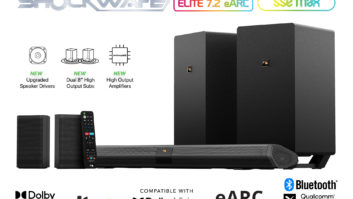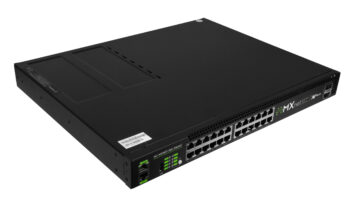As the industry continues to adopt effective recurring monthly revenue (RMR) and service-based pricing strategies, what often gets lost in the conversation is how to effectively maintain a work-life balance. The vast majority of our clients already possess a very high level of expectations when it comes to when and how they receive service. Tying this service to premium RMR plans will only elevate these demands.

Image: Thinkstock
Thankfully, although there is no getting around the fact that service is a demanding, around-the-clock endeavor, there are effective strategies for providing a great service experience while still managing your after-hours workload. These strategies are centered on dividing your support offerings into two distinct tiers: basic and advanced.
To implement this division of service offerings, you will need to start by implementing a Terms of Service (ToS) agreement, to make the distinction clear to your clients. It’s important to note that your ToS, which can also be referred to as a service contract, is not the same as an RMR contract. Instead, it is simply an agreement that dictates the terms under which you perform service—for example, guaranteed response times, hourly rates, and minimum charges.
Establish Your Basic Support Policy
The first step is to establish a basic support policy that extends to evenings and weekends (ideally 24/7) and is limited to relatively simple troubleshooting, such as device reboots. Although many issues can be fixed through basic support, the goal is not to resolve every support event that arises. Rather, the aim is to respond quickly (providing a consistent and reliable experience), de-escalate the urgency of the situation, resolve the problem or provide simple workarounds when available, and gather important information that will assist your advanced support team as needed.
Formalizing this basic support policy addresses the fact that most your clients inherently expect a certain level of support for their home technology on a 24/7 basis. This demand can be met by having a team member available to assist with simple troubleshooting either by phone, text, or email.
As a home tech pro, you are likely already trying to keep up with this baseline level of support anyway. Converting this basic support into a formal policy outlined in your ToS allows you to lead with an excellent service proposition designed to meet your clients’ demand for 24/7 availability. Because basic support is limited in scope, it generally takes little time and can therefore be provided with a relatively small investment in resources (e.g. hiring dedicated staff or an outside company like OneVision).
Making a Distinction—Advanced Support
The next step is to draw a distinction in your ToS between your basic and advanced support policies. As the name implies, your advanced support is intended as an escalation path for issues that basic support cannot resolve.
In addition to onsite support, advanced support can include elements of remote support that are more in-depth than those of basic: network configuration changes, password resets, and programming changes, for example. Having this separate set of advanced policies subtly reinforces the message that there are limits to what your basic support is intended to provide, and that issues requiring escalation are governed by a different set of rules.
Drawing the Line in the Sand
This final step involves announcing to your existing clients a date by which they all must acknowledge your new ToS. Techniques for getting these ToS in front of your client base and forcing them to sign are beyond the scope of this article. What’s important for our purposes is that the ToS makes the distinction between basic and advanced support policies absolutely clear, and that terms limit access to advanced support during non-business hours to only those clients who opt-in to premium service plans. Clients who are not on premium service plans are limited to basic support only during nights and weekends.
By presenting a ToS that appropriately limits your scope of services you accomplish a number of important goals. In the immediate term, you can sharply reduce the overall amount of support effort required of you and your team after hours. Second, you provide a compelling incentive for clients to sign up for your premium service plans. And finally, as more clients opt in to premium service plans, the source of revenue these plans bring in can be used to hire more staff, allowing you to meet the growing demand for after-hours advanced support in a sustainable manner.
Striking a Balance
Providing exceptional service is a demanding endeavor. Clients who have spent significant amounts of money on home technology inherently expect to receive prompt service whenever things don’t work as expected, including on nights and weekends when they are most often using their systems. By providing all your clients with basic support all the time, but limiting advanced support only to your premium clients, you can simultaneously generate more RMR while sustainably managing after-hours workload.



